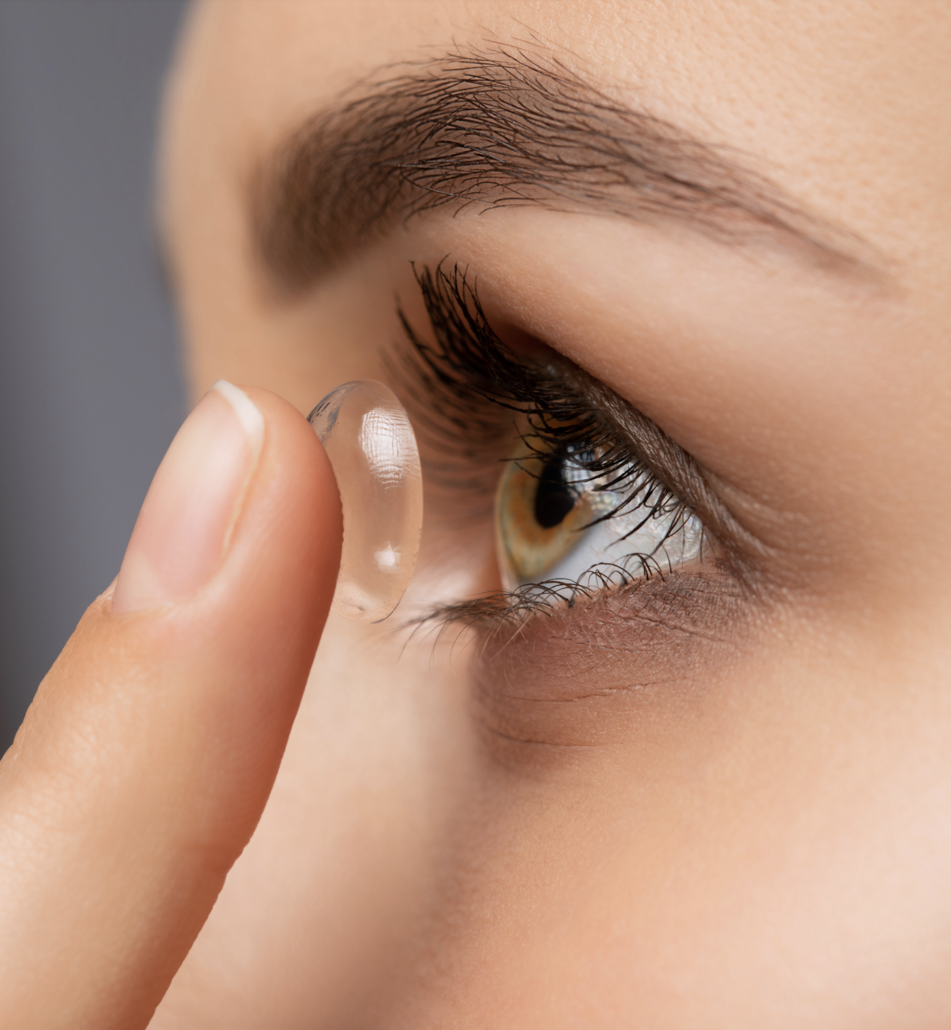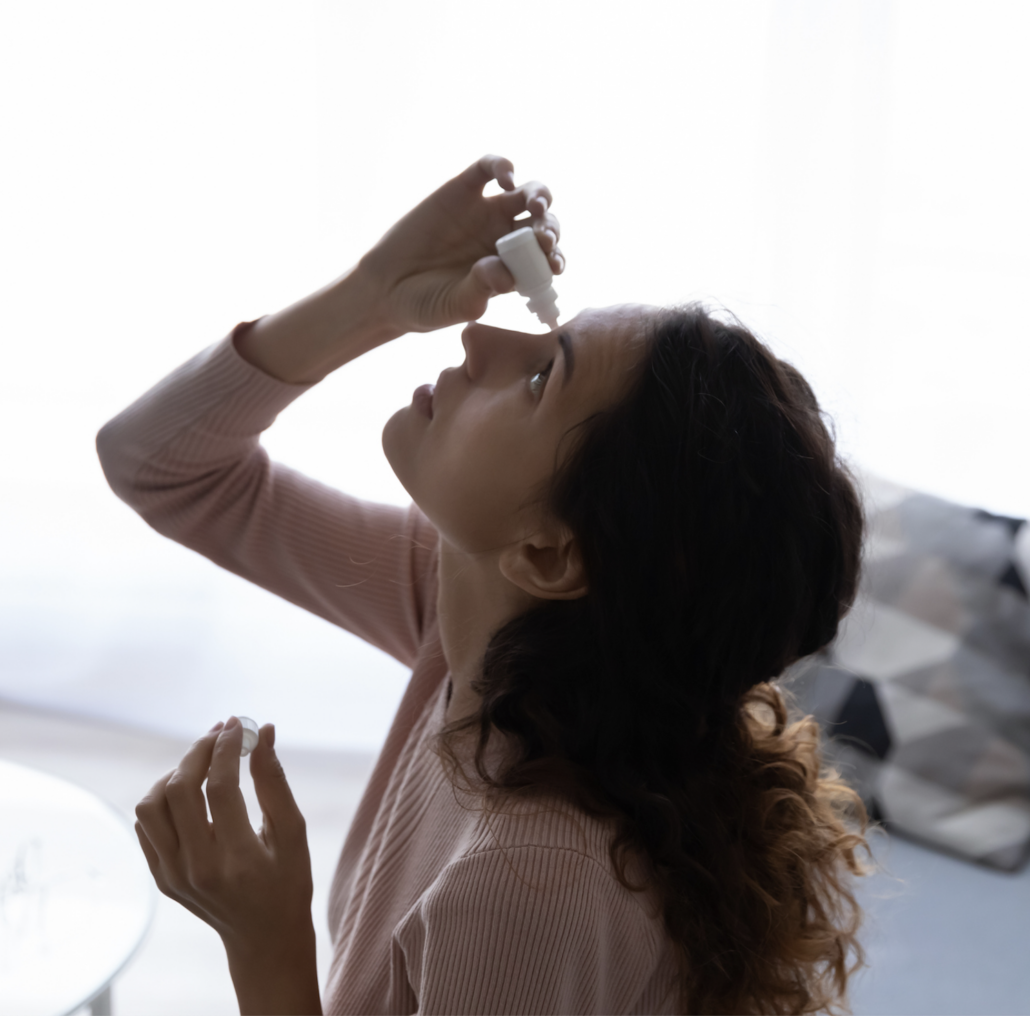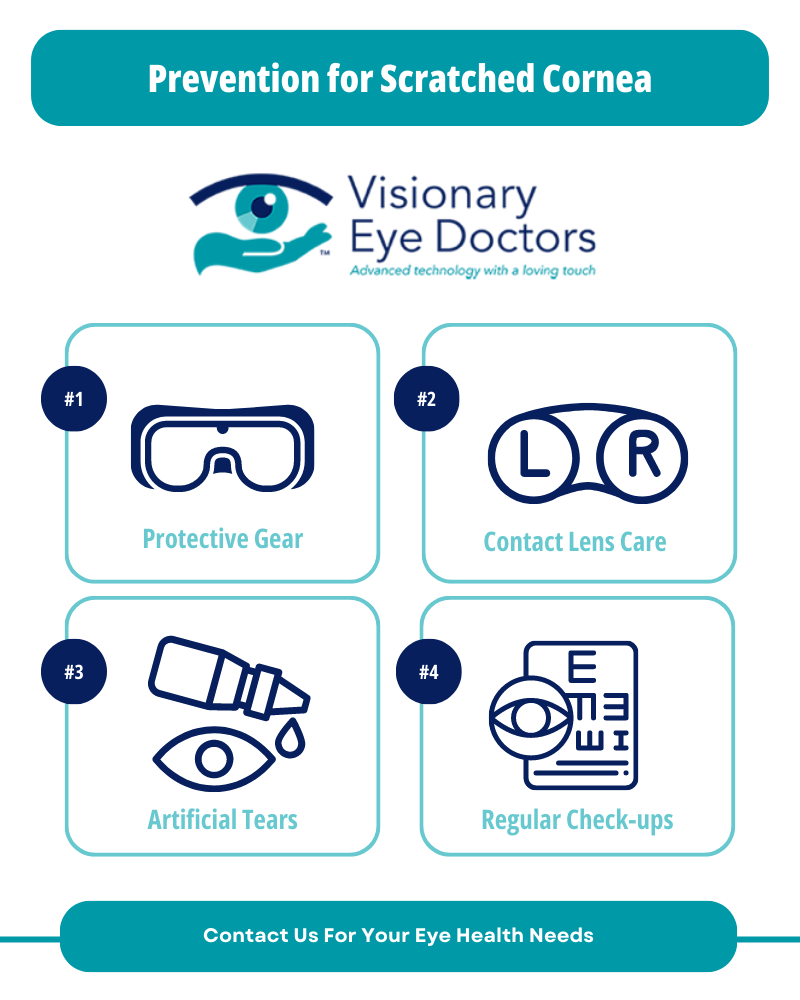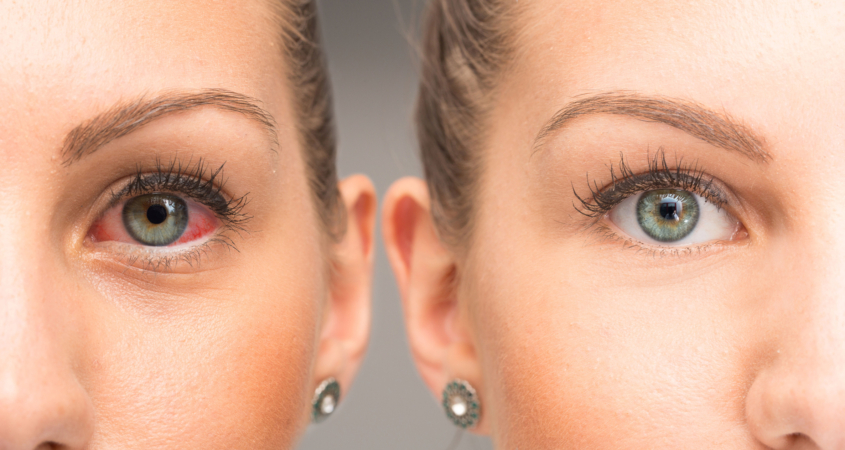Pink Eye vs Scratched Cornea: Understanding the Differences
Every blink, every gaze, every tear – our eyes tell stories that words often cannot. But, what happens when that story is interrupted by discomfort, redness, or even pain? Two common culprits often come to mind: pink eye and a scratched cornea. Although they might share a few overlapping symptoms, the causes, treatments, and implications of each are significantly different.
Now, if you’re finding yourself rubbing your eyes a bit too often, or waking up with that crusty, unpleasant sensation, you may be wondering: is it pink eye or a scratched cornea? Making an accurate self-diagnosis can be tricky, but getting it wrong can delay proper treatment and, in severe cases, lead to further complications.
At Visionary Eye Doctors, we are a leading name in ophthalmology and optometry. With a combination of advanced technology and a gentle, patient-first approach, our team has been at the forefront of corneal care, helping countless patients move past distress to relief. And today, we’re here to share some of that expertise with you.
Pink Eye: Causes, Symptoms, and Treatment
Pink eye, medically known as conjunctivitis, is an inflammation or infection of the thin membrane that lines the inside of the eyelid and covers the white part of the eye.
Pink Eye Causes
Bacterial Infection: Often caused by the same types of bacteria responsible for staph infections or strep throat, bacterial conjunctivitis can be quite contagious and usually results in a thick discharge or pus from the eye.
Viral Infection: Viral conjunctivitis, sometimes also known as viral pink eye, is frequently linked to common viral upper respiratory infections, like the flu or common cold.
Allergic Reaction: Allergic conjunctivitis happens when the eyes react to allergens in the environment, such as pollen, dust mites, or certain chemicals in makeup or contact lens solutions. This form is not contagious and often occurs seasonally.
Pink Eye Symptoms
Though it’s essential to consult an eye doctor for a definitive diagnosis, here are some tell-tale signs of pink eye:
- Redness in one or both eyes
- Itchy eyes, especially in allergic conjunctivitis
- Watery eyes or a clear, thin discharge
- A gritty feeling in the eye
- Light sensitivity
- Swelling of the eyelids
In cases of bacterial pink eye, symptoms can also include:
- Green or yellow discharge from the eye, often making the eyelids stick together upon waking up
- A runny nose or accompanying ear infection
Pink Eye Treatment
The treatment for pink eye depends on its cause. For bacterial conjunctivitis, your healthcare provider or eye specialist may prescribe antibiotic eye drops or ointments. Within just a few days of starting this treatment, symptoms often improve significantly.
On the other hand, viral conjunctivitis doesn’t have a direct treatment. Much like a common cold, it must run its course, which could be anywhere from several days to two weeks. However, some over-the-counter eye drops might alleviate symptoms.
For allergic conjunctivitis, one can employ artificial tears to dilute the allergen, antihistamine pills, or even specific prescription eye drops to reduce inflammation and discomfort.
No matter the type, if you suspect you have pink eye, it’s imperative to see an eye doctor to ensure you get the proper treatment and guidance. Remember: your eyes are delicate, and there’s no room for false self-diagnosis.
Scratched Cornea: A Closer Look at Corneal Abrasions
The cornea is a clear, protective outer layer of the eye. It acts as a barrier against dirt, germs, and other particles that could harm the eye. A scratch or injury to this sensitive structure is known as a corneal abrasion or corneal scratch.
Scratched Cornea Causes

Several events or objects can cause corneal abrasions:
- Foreign Object: Something as small as a speck of dust, sand, or an eyelash can scratch the cornea if it becomes trapped under the eyelid. In more severe cases, larger foreign bodies like wood shavings or metal fragments can cause significant damage.
- Contact Lenses: Improper use of contact lenses, whether it’s wearing them for too long, not cleaning them correctly, or using damaged lenses, can cause corneal scratches.
- Physical Trauma: Accidental poking of the eye, rubbing the eye aggressively, or animal scratches are common physical causes.
- Chemical Irritants: Exposure to some chemicals, even certain types of saline solution or clean water in large quantities, can lead to corneal injury.
Scratched Cornea Symptoms
The symptoms of a scratched cornea can be distressing. They include:
- Sudden onset of pain and a gritty feeling in the eye
- Redness and tearing (watery eye)
- Blurred vision or vision problems
- Sensitivity to light
- The sensation of having something in the eye
Scratched Cornea Treatment
Timely treatment of a corneal abrasion is vital for proper healing and to prevent complications such as infection. Common treatment plans include: 
- Foreign Body Removal: If a foreign object is causing the abrasion, an eye doctor will typically use a fluorescein dye to highlight the object and then safely remove it
- Antibiotic Drops: To prevent bacterial infection, an eye specialist might prescribe antibiotic drops.
- Lubricating Drops: Over-the-counter artificial tears or lubricating eye drops can soothe the eye and assist in the healing process.
- Avoid Rubbing: It’s crucial to avoid rubbing the eye as this can exacerbate the injury.
- For larger abrasions or if there’s a concern about a corneal ulcer or deeper injury, more intensive treatment, or even a corneal transplant, might be required.
Always remember, if you suspect a scratched cornea, prompt attention from an eye care professional is paramount. At Visionary Eye Doctors, we’re equippedwith advanced technology to help diagnose and treat various eye conditions, ensuring your vision remains clear and healthy. You can even visit our state-of-the-art Corneal Care Center to meet with some of the best corneal specialists in the United States!
Pink Eye vs. Scratched Cornea: Additional Differences
At a glance, both pink eye (conjunctivitis) and a scratched cornea (corneal abrasion) can present with redness and discomfort, but understanding the differences can be vital. Let’s break down some more distinctions:
Duration and Progression:
Pink Eye: Symptoms of viral conjunctivitis can last from one to two weeks. If caused by a bacterial infection, it might resolve within several days with proper antibiotic treatment.
Scratched Cornea: Most minor corneal abrasions heal within 48 to 72 hours. However, deeper or larger scratches might take longer.
Complications:
Pink Eye: When untreated, especially bacterial conjunctivitis, can lead to more severe eye infections.
Scratched Cornea: Risks include bacterial ulcers, recurrent corneal erosions, or vision problems if not addressed.
Remember: The eye is a delicate organ, and self-diagnosis can be risky. Always consult with an eye doctor or healthcare provider like Visionary Eye Doctors for a proper diagnosis. We are here to provide expert care, ensuring you get the right diagnosis and treatment for your condition.
Preventive Measures
Protecting your eyes from injury and illness is paramount. Here’s a roadmap to ensure optimal eye health:
Prevention for Pink Eye:
- Hygiene: Regularly wash your hands with soap and clean water. Avoid touching your eyes unless your hands are clean.
- Avoid Contact: If you or someone you know has pink eye, limit close contact to prevent its spread. This includes abstaining from sharing personal items like towels or makeup.
- Allergy Management: If you suffer from allergic conjunctivitis, understanding your triggers and managing allergens can be a game-changer. This might include using allergen-reducing pillowcases or staying indoors during high pollen counts.

Prevention for Scratched Cornea:
- Protective Gear: If engaging in activities that pose a risk of foreign objects coming into contact with the eye, such as woodworking or certain sports, always wear protective eyewear.
- Contact Lens Care: For contact lens wearers, ensure you follow the recommended cleaning routine. Always wash your hands before handling your lenses.
- Artificial Tears: Use lubricating eye drops or artificial tears to combat dry eye, which can increase the risk of abrasions.
- Consultation and Regular Check-ups: Routine visits to your eye specialist can preempt many eye-related issues. They can provide personalized advice based on your health profile and ensure that potential problems are detected early.
Closing Thoughts
While conditions like pink eye and scratched cornea are common, understanding the distinctions and seeking timely care can make all the difference. At Visionary Eye Doctors, we’re committed to ensuring that your sight remains clear and healthy. Our advanced technology and compassionate care form a holistic approach to eye health, from preventive measures to treating the most intricate of corneal issues.Should you ever find yourself faced with eye discomfort or other vision problems, remember to prioritize your health and consult a trusted healthcare provider. Your eyes deserve nothing but the best! For more information, contact our office today!



